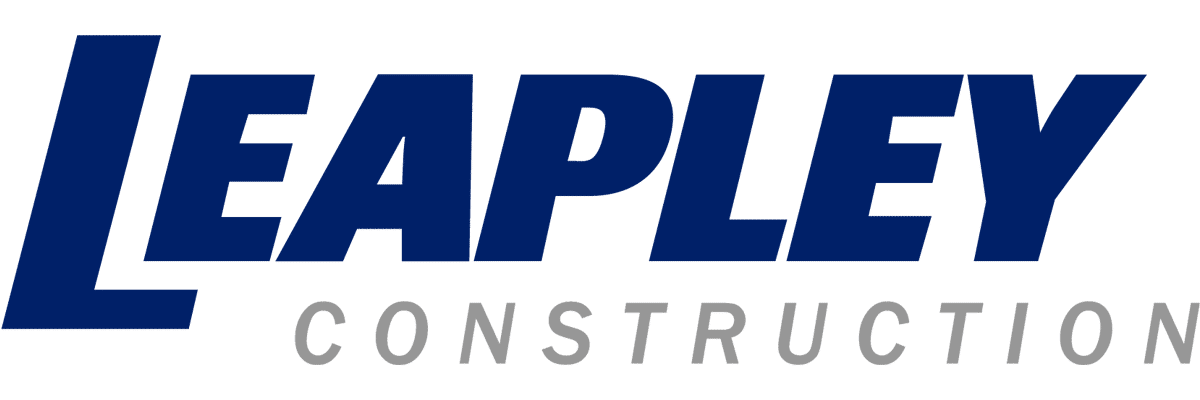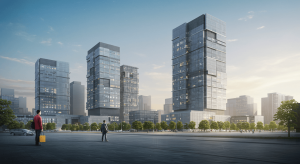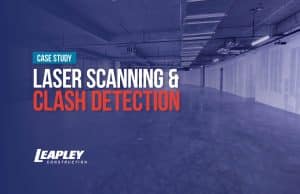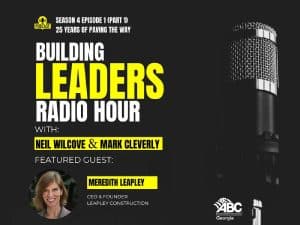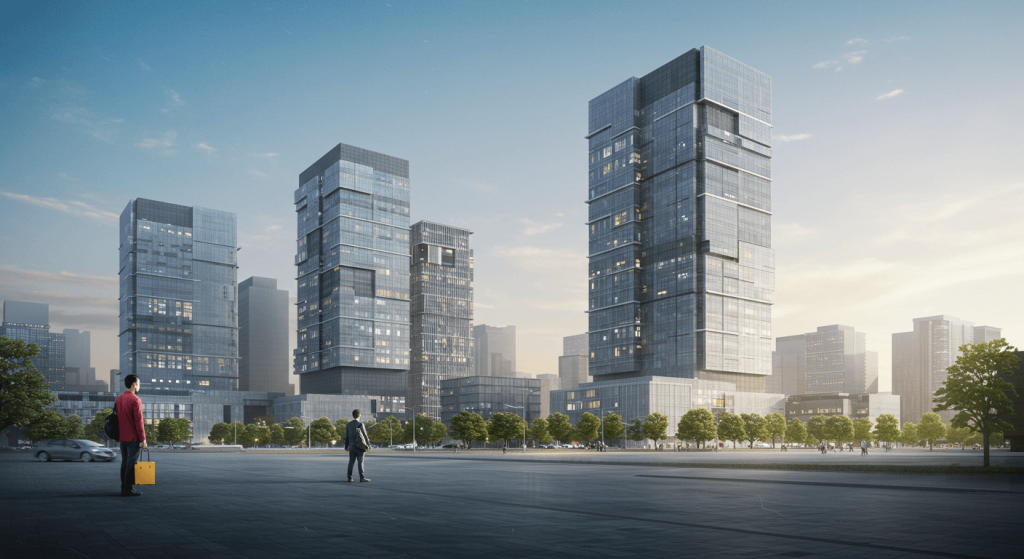
The future of buildings isn’t just brick and steel—it’s intelligent systems, adaptive environments, and intentional planning that connects people, technology, and infrastructure. But as we learned from Leapley Construction’s and Newcomb & Boyd’s presentation during the COAA Spring Educational Forum, delivering a smart building takes far more than plugging in a few sensors. It requires strategy, alignment, and an early commitment to getting it right.
Leapley Construction and Newcomb & Boyd have been at the forefront of smart building projects, experiencing firsthand what drives success and what causes them to stall.
STOP ASKING "IS THIS A SMART PROJECT?"
Let’s retire the question. Instead, ask: “What do I want this building to do for my people, my operations, and my future?” Whether it’s energy efficiency, indoor air quality, predictive maintenance, or enhancing the occupant experience, smart elements are an investment in long-term performance—not a tech trend.
Strategy First. Always.
The key to smart project success? Start with a clear why. Develop your use cases early. Align your design, construction, and operations teams from day one. Too often, smart features are added late or not operationalized at all—resulting in wasted budget and unrealized potential.
Case in point: A confidential fintech client designed four floors with “smart” features but lacked a cohesive plan. Without defined use cases, those systems were never activated as intended.
Lessons from the Field
- Microsoft: Their internal smart tech team was brought in late, adding complexity and cost. But early integration would have avoided delays—and dollars.
- Coca-Cola: Success came from leadership alignment, a financially sound business case, and a unified “Single Pane of Glass” strategy to manage building data across 2.4 million SF.
- Newcomb & Boyd’s HQ: Budget constraints threatened smart elements, but the Leapley and Newcomb & Boyd teams prioritized infrastructure, allowing for easy future upgrades with minimal effort.
The Human Side of Smart
A smart building is only as intelligent as the people planning it. That means:
- Internal ownership across design, construction, and operations
- Thoughtful design rooted in business value
- Clear construction scope tied to specific smart outcomes
- Ongoing operations buy-in to maintain and evolve the system
Your Blueprint for Success
Want a smart building? Build smart from the start:
- Define your why
- Establish use cases early
- Engage cross-functional teams
- Choose the right partners
- Communicate continuously
The smartest buildings don’t just work—they work for you. Let’s build smarter, together.
